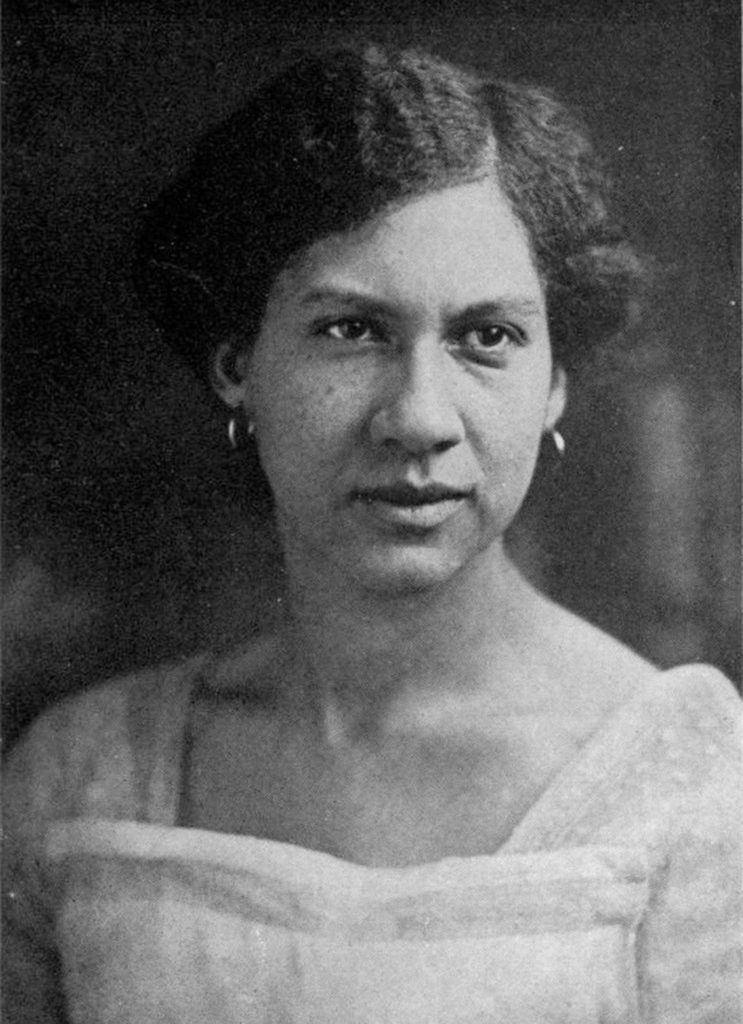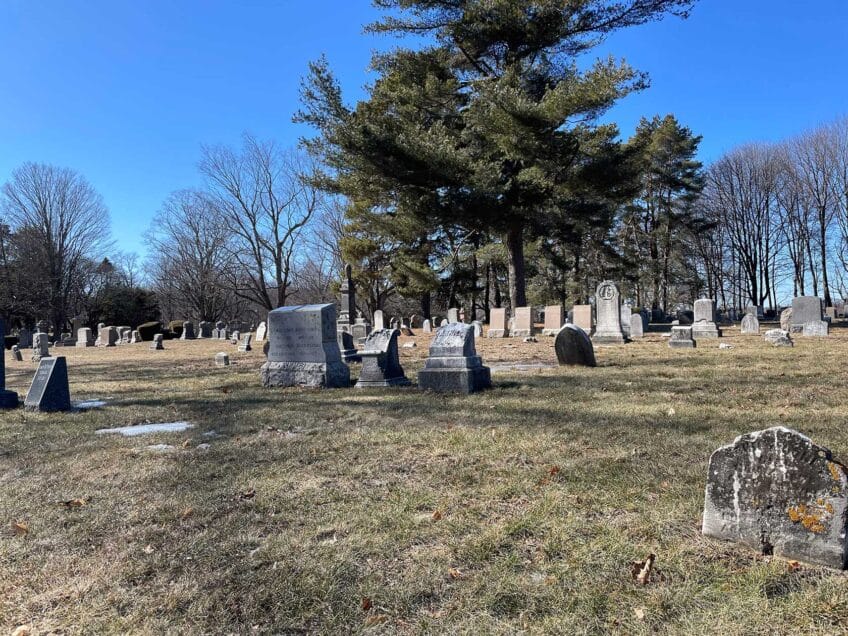Meta Warrick Fuller: noted early 20th-century Black sculptor and painter

Meta Warrick Fuller gained fame in early 20th-century America as a gifted sculptor and painter. She also wrote poetry and was a multitalented theater designer, director and playwright. Born Meta Vaux Warrick on June 9, 1877, in Philadelphia, Pennsylvania, she was the daughter of beautician Emma (Jones) Warrick and William H. Warrick, a barber and caterer. Having evinced talent in drawing and modeling as a child, she attended the Pennsylvania Museum and School of Industrial Art at the age of 17. In her first year there, she won the prize of free tuition for creating an 18-foot panel showing a medieval procession of artists and craftsmen. She was awarded a prize in her graduating year as well and took the George K. Crozier Prize for the best general work in modeling in a postgraduate year.
Impressed by Warrick’s talent, her teachers encouraged her to pursue further instruction in the creative arts in Paris, France. Her mother, Emma, sacrificed to provide the means. From 1899 to 1903, the aspiring artist spent time in Paris at the Académie Colarossi, studying drawing under Raphael Collin and modeling of the figure under Jean-Antoine Injalbert. There, she met W. E. B. Du Bois, a great American sociologist, and they began a long friendship. Warrick’s work immediately attracted the attention of the great French sculptor Auguste Rodin — most known for his famous sculpture, “The Thinker.” When she showed him one of her creations, titled “A Man Eating Out His Own Heart,” he praised her, declaring, “Mademoiselle, you, my child, are a sculptor; the sense of form is in your fingers.”
Romantic, social
One of only a few notable Black female sculptors in America at the time, Warrick turned her attention to Black-centered themes in 1907, when the U.S. government commissioned her to create a series of tableaux depicting the history of African Americans for the Jamestown Tercentennial Exposition.
The following year, Warrick had occasion to meet America’s first Black psychiatrist, Dr. Solomon Carter Fuller. A courtship soon developed, which ultimately led to their wedding at Philadelphia’s St. Thomas Episcopal Church on February 10, 1909. Dr. Fuller purchased land on Warren Road in Framingham, Massachusetts — 20 miles west of Boston — and built a home where the two settled down. Three sons were born to the couple: Solomon III in 1910, William in 1911, and Perry in 1917.
In January 1918, Black art and literary critic Benjamin Brawley described Meta Warrick Fuller’s work: “Her work may be said to fall into two divisions — the romantic and the social. The first is represented by such things as “The Wretched” and “Secret Sorrow”; the second by “Immigrant in America” and “The Silent Appeal.” The transition may be seen in “Watching for Dawn,” a group that shows seven figures, in various attitudes of prayer, watchfulness and resignation, watching for the coming of daylight, or peace. In technique this is like “The Wretched”; in spirit it is like the later work. It is as if the sculptor’s own seer, John the Baptist, had summoned her away from the romantic and esoteric to the every-day problems of needy humanity.”
Later that year, Fuller exhibited small pieces of her sculpture for the Soldiers’ Comfort Unit of Boston. At that time, the Boston Transcript complimented her work, noting, “Here is a colored woman’s work of an arresting interest. It shows technical skill, well-trained — with gleams of unmistakable excellence. Besides her technical merit — good modeling, anatomical knowledge — there is a certain ‘gesture’ in her work of the ‘fine careless rapture’ that is revealing and convincing, especially in certain portrait statuettes and add character-types.”
African themes
Meta Warrick Fuller is considered the first African American sculptor to draw on African themes for her subject matter. For example, her “Ethiopia Awakening” was intended to symbolize the conquest of ancient Egypt by the Ethiopians. She not only created works drawing on African themes and chronicling the Black experience in America, but also created intimate depictions of friends and family. On the evening of January 15, 1933, at her South End home on Massachusetts Avenue, Lillian Fertado hosted a private exhibition of Fuller’s then-most-recent work: a half-length figure in relief of equal rights activist William Monroe Trotter.
At a Christmas exhibition of the gifted sculptor’s work, presented at her Framingham studio in December 1935, Fuller exhibited a seated figure of her friend Maud Cuney Hare, a noted pianist, music instructor and playwright. Boston Globe art critic A. J. Philpott praised the piece as “well-conceived and carried out” and “a gem.” Further critiquing the artist and her creations, he wrote, “Meta Warrick Fuller is both a realist and a visionary. In terms of character and human characterization she interprets the ideas and problems of life that affect her emotionally, especially in her figures and groups of figures. In her portraits she always gets the character. There is a spiritual and poetic side to her nature which she expresses in abstract characterizations, always in terms of beauty in line and form.”
In a historic ceremony held in Washington, D.C., on June 20, 1948, the National Council of Negro Women presented Fuller with an achievement award in sculpture.
In addition to being an award-winning sculptor of international fame, Fuller was also deeply involved in theatre directing, playwriting, and lighting and costume designing. For instance, she directed Maud Cuney Hare’s four-act poetic drama “Antar of Araby” at Boston’s Fine Arts Theatre on December 14, 1925. She designed the costumes for playwright Belford Forrest’s “On the Third Day”— a play that was presented at the Elizabeth Peabody Playhouse by the Psi Omega Chapter of the Alpha Kappa Alpha Sorority on May 14, 1935. Fuller was an educator as well, having lectured at Howard University in the summer of 1943.
Commissioned in 1913 and originally created in plaster to commemorate the 50th anniversary of the Emancipation Proclamation, Fuller’s sculpture “Emancipation,” a statue cast in bronze and dedicated at a community-wide celebration on June 20, 1999, is on view in Boston’s South End at Harriet Tubman Square. With poetic eloquence, she described “Emancipation” as “humanity weeping over her suddenly freed children, who, beneath the gnarled fingers of fate, step forth into the world, unafraid.”
She died on March 18, 1968.
A large collection of Meta Warrick Fuller’s work, spanning a 70-year period of creative output inclusive of the Harlem Renaissance, is permanently on display at the Danforth Art Museum in Framingham, Massachusetts.








